Shelter and Clothing
Explore various shelter types and clothing strategies to ensure safety and comfort in extreme conditions.
When it comes to survival, the importance of adequate shelter and appropriate clothing cannot be overstated. Both play vital roles in protecting us from the harsh elements and ensuring our well-being. From torrential rains to biting winds, nature can be unpredictable, and being prepared is half the battle won. In this guide, we’ll explore various types of shelters and clothing strategies that can help you stay safe and comfortable in extreme conditions.
Understanding the Basics of Shelter
Shelter is not just about a roof over your head; it’s about warmth, dryness, and safety. Depending on the environment, your needs can vary greatly.
Types of Emergency Shelters
-
Natural Shelters: Look for caves, rock overhangs, or large trees that offer natural protection. These require minimal effort but may not provide full protection.
-
Improvised Shelters: Use available materials like tarps, branches, or leaves. A basic lean-to or debris hut can offer surprisingly effective shelter.
-
Purchased Shelters: Tent technology has advanced, offering lightweight, durable options suitable for various environments. Many survival kits now include compact, easy-to-assemble shelters.
Reference: For more on constructing improvised shelters, see “SAS Survival Handbook” by John ‘Lofty’ Wiseman, which offers excellent insights into basic shelter-building techniques.
Insulation and Ventilation
Ensuring your shelter is well-insulated is essential for staying warm. Natural materials like leaves or pine needles can provide added insulation. Equally important is ventilation, which prevents condensation build-up and maintains air quality.
Choosing Shelter Locations
Selecting the right spot can make a significant difference. Avoid low areas where cold air settles or flood-prone regions. Look for natural windbreaks and areas with drainage potential.
Clothing Strategies for Survival
Clothing is your first line of defense against the elements. A well-thought-out clothing strategy is essential for survival, particularly in extreme conditions.
Layering: The Core Principle
-
Base Layer: This layer is closest to your skin and should wick moisture. Synthetic materials or merino wool are common choices.
-
Insulating Layer: Used to trap heat, insulated jackets or fleeces are ideal for this layer.
-
Outer Layer: Protects against wind and rain. Choose jackets that are windproof and waterproof.
Each layer serves a purpose, and wearing multiple layers allows for adaptability to changing conditions.
Maintaining Body Heat
Keeping extremities warm is crucial. Consider wearing insulated gloves, hats, and thermal socks to prevent heat loss. The “60% of heat is lost through the head” notion may be debated, but it highlights the importance of headgear.
Footwear Considerations
Appropriate footwear is vital for outdoor survival. Waterproof boots with good ankle support can prevent injuries and ensure dry feet, enhancing your ability to move and adapt.
Reference: “The Art of Survival” by Michael Green covers the importance of proper footwear and provides additional tips on maintaining body heat in challenging environments.
Conclusion
Survival requires a flexible and informed approach. Shelter and clothing are fundamental, providing the protection and comfort essential for enduring harsh conditions. Whether you’re braving the wilderness or preparing for unexpected situations, taking time to understand and apply these principles could mean the difference between life and discomfort.
Feel free to share your experiences and any other shelter or clothing tips in our community section. Together, we can continue to learn and adapt in preparation for whatever challenges nature may present.
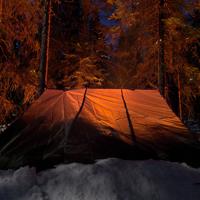
Learn crucial survival skills with a guide on building safe and effective shelters.

Learn how effective layering can enhance your comfort and safety in various outdoor conditions.
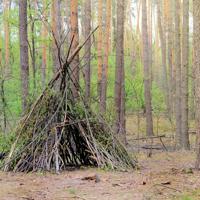
This guide provides practical steps and tips for building effective shelters in various wilderness environments.

Learn how to choose effective rain gear to keep you dry and comfortable during outdoor adventures.
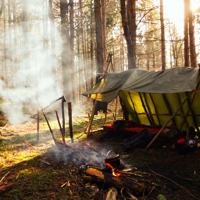
Master the essential methods to build temporary shelters during emergencies, ensuring safety from the elements with readily available materials.

This article explores various materials suitable for building emergency shelters, emphasizing their availability and practicality in survival situations.
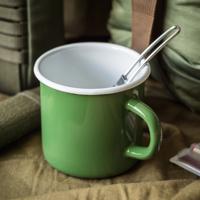
Discover the essential gear you might need to stay safe and prepared in emergencies with this comprehensive overview of survival tools.
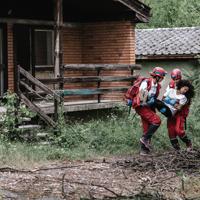
This page explores vital survival skills, emphasizing the importance of mental preparedness, shelter construction, and effective water purification methods.